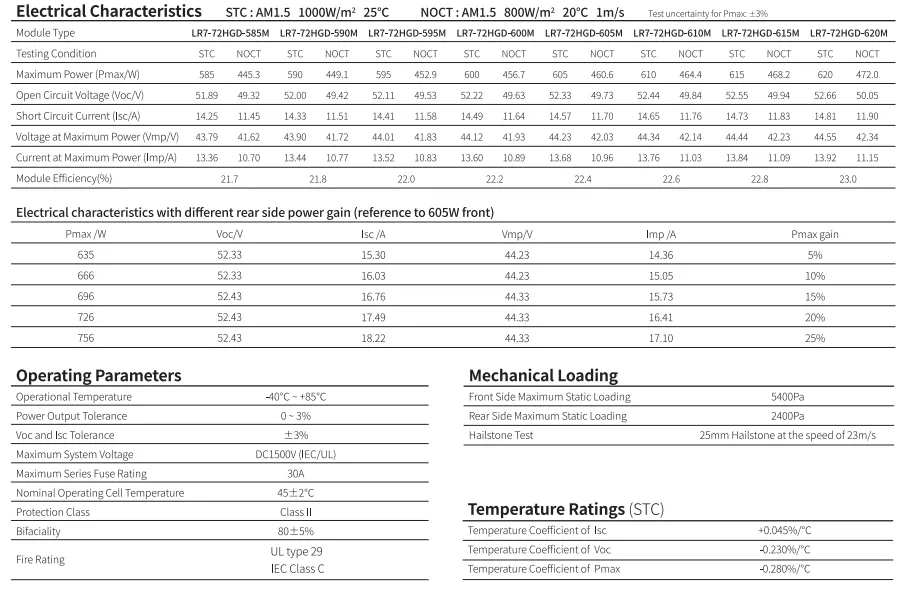Cost of Installing a New Roof with Solar Panels for Energy Efficiency
The Cost of a New Roof with Solar Panels An Investment in Sustainability
As homeowners increasingly look for sustainable energy solutions, the combination of a new roof with solar panels has gained considerable popularity. The decision to install solar panels while replacing a roof is not only a nod towards eco-friendliness but also represents a strategic financial investment. However, understanding the cost implications of such a project is crucial for homeowners considering this dual approach.
Understanding the Costs Involved
1. Roof Replacement Costs The first factor to consider is the cost of the new roof. Depending on the materials chosen, roofing costs can vary widely. On average, homeowners can expect to pay between $5,000 to $15,000 for a new roof installation, depending on the size of the house, roofing materials, and labor costs. Asphalt shingles tend to be the most affordable option, while metal roofs and tiles are generally more expensive.
2. Solar Panel Installation Costs The cost of solar panels has steadily declined over the years, making them a more accessible investment for many homeowners. The average cost of solar panel installation ranges from $15,000 to $30,000, depending on the system size, the efficiency of the panels, and installation costs. To get a clearer picture, a standard 5 kW system can cost around $15,000 before any tax credits or incentives are applied.
3. Combining Roofing and Solar Panels When installing a new roof along with solar panels, homeowners may incur additional costs related to integrating the solar system with the roofing structure. Some contractors offer packages that may provide discounts when roofing and solar installation are combined, as they will only need to perform the roof work once.
Potential Savings and Benefits
While the initial costs may seem daunting, the long-term savings associated with this investment can be substantial
1. Energy Savings By generating their own electricity, homeowners can drastically reduce their energy bills. Depending on the regional utility rates and the size of their solar system, many homeowners report savings of $1,000 or more per year.
2. Tax Incentives and Rebates Federal and state government incentives can significantly lessen the financial burden of solar panel installation. The federal solar tax credit allows homeowners to deduct a percentage of the cost of installing a solar energy system from their federal taxes, which for 2023 stands at 30%. Many states also offer additional incentives, such as rebates or property tax exemptions.
new roof with solar panels cost

3. Enhanced Property Value Homes equipped with solar panels demonstrate energy efficiency, which can be a key selling point. Studies show that homes with solar energy systems sell for a premium compared to those without, which can sometimes recover a significant portion of initial investment costs.
4. Environmental Impact In addition to the financial benefits, there’s a profound environmental advantage to installing solar panels. They help reduce dependency on fossil fuels, decreasing carbon emissions and enabling homeowners to contribute to a more sustainable future.
Considerations Before Installation
While this dual project can be beneficial, homeowners should also consider several factors before proceeding
1. Local Climate and Sun Exposure The effectiveness of solar panels is largely influenced by geographic location and weather patterns. Areas with ample sunlight will yield better returns on investment.
2. Roof Condition and Longevity It is essential to ensure that the new roof will last at least as long as the lifespan of the solar panels, which typically ranges from 25 to 30 years. Homeowners should discuss the roof's durability and warranty with their roofing contractor.
3. Financing Options Many homeowners may not have the full amount required for such installations upfront. Financing options, such as solar loans or leases, can allow for manageable payments over time.
Conclusion
Investing in a new roof with solar panels is undoubtedly a significant financial commitment, but it is one that can lead to substantial savings over time, all while contributing positively to the environment. By carefully weighing the costs, potential savings, and long-term benefits, homeowners can make informed decisions that align with both their financial goals and their values related to sustainability. Ultimately, this investment can provide not only energy independence but also peace of mind in an increasingly uncertain energy landscape.
-
String Solar Inverter: The High-Efficiency Solution for Smart Solar EnergyNewsJul.14,2025
-
Revolutionizing Rooftop Energy with the Power of the Micro Solar InverterNewsJul.14,2025
-
Power Independence with Smart Off Grid Solar Inverter SolutionsNewsJul.14,2025
-
On Grid Solar Inverter: Powering the Future with Smart Grid IntegrationNewsJul.14,2025
-
Monocrystalline Solar Panels: High-Efficiency Power for the Future of Clean EnergyNewsJul.14,2025
-
Bifacial Solar Panel: A Smarter Investment for Next-Generation Energy SystemsNewsJul.14,2025







